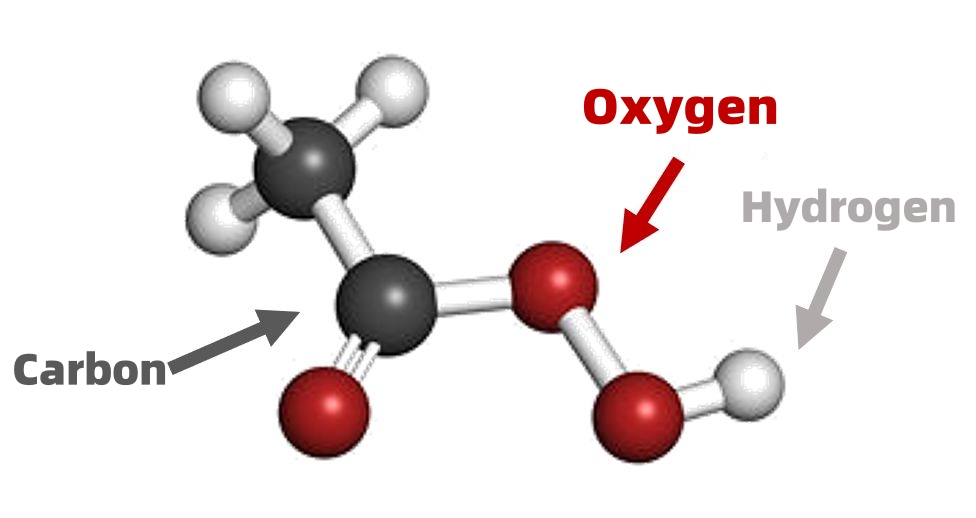The fourth professional fire skills competition in Shandong Province took place on June 23 in Linyi City. Over 160 participants from 17 cities across the province took part in this prestigious event, showcasing their expertise and dedication to fire safety.
The competition featured five major categories: fire hazard detection, fire protection monitoring and linkage, maintenance and management of fire extinguishing devices, field rescue operations, and emergency response to hazardous and corrosive material fires. A total of 20 specific tasks were included, such as fire treatment, operation of the fire control room, fire safety inspections, maintenance and troubleshooting of fire protection facilities, evacuation of materials, and handling of toxic gas leaks. These tasks are closely aligned with the daily responsibilities of fire professionals, covering key aspects of fire prevention and practical skills that are essential for effective fire management.
As one of the most advanced skill competitions in the fire protection industry within Shandong, this event has been held three times before. It is open to all firefighters who hold a valid fire service qualification certificate, regardless of age or educational background. The competition encourages broad participation, with 17 teams representing each city, and also allows social organizations, industries, large enterprises, universities, and other institutions to form separate teams. Those interested can apply directly to the Shandong Provincial Games Organizing Committee.
This article is a reprinted version from online media and reflects the author’s views only. It is not affiliated with this website. If you believe any content infringes on your rights, please contact us, and we will address it promptly.
[Image placeholder]


Description
Peracetic acid sensor, also known as PAA sensor, is a water quality sensor specially used to measure the concentration of peracetic acid (PAA) in water. This type of sensor usually uses the principle of electrochemical reaction to determine the concentration of peracetic acid by measuring the current or potential change generated by peracetic acid on the electrode. Peracetic acid sensor usually uses a working electrode, a reference electrode and a counter electrode to form an electrochemical cell. When peracetic acid is present in the liquid being measured, it reacts with the electrode material on the working electrode to generate a current. Measuring the magnitude of this current can indirectly determine the concentration of peracetic acid.

What is Peracetic Acid?
Peracetic Acid (also known as peroxyacetic acid, or PAA) is an organic compound. This peroxy acid is a colorless liquid with a characteristic acrid odor reminiscent of acetic acid. It can be highly corrosive. Its chemical formula is CH3COOOH. PAA is formed from the reaction of acetic acid and hydrogen peroxide. It is a strong oxidizing agent. It has a wide range of applications in many fields, including but not limited to disinfectants, bleaching agents and bactericides. However, the use of peracetic acid is also accompanied by certain risks: if its concentration in water exceeds the safe range, it will not only have an adverse effect on water quality, but may also pose a threat to human health. At the same time, in natural water bodies, excessive peracetic acid concentrations can poison aquatic organisms and thus destroy the ecological balance of the water body.

Â
In order to cope with these potential risks, it is particularly important to monitor the concentration of peracetic acid in water in real time. Peracetic acid sensor technology provides an effective solution for this. By installing sensors, we can promptly detect and deal with peracetic acid pollution problems, thereby ensuring water quality safety and protecting the ecological environment. In addition, in industrial production processes, real-time monitoring of peracetic acid concentrations is also the key to ensuring production stability and safety. This not only helps to improve product quality, but also improves production efficiency.
Applications of peracetic acid sensors
Food and beverage industry: used to detect and control peracetic acid residues in food and beverages to ensure product quality and safety.
Medical industry: used for monitoring and sterilization of medical equipment and instruments to ensure sterility and disinfection effects.
Sewage treatment: used to monitor and control the concentration of disinfectants in sewage treatment processes to ensure effective killing of bacteria and viruses.
Agricultural industry: used to monitor and control the concentration of disinfectants in farmland irrigation water to ensure the safety and health of crops.
Chemical industry: used for disinfection, bleaching, and other reactions requiring peracetic acid in the production process.
Conclusion
As a supplier and manufacturer of Peracetic Acid Sensors, Daruifuno is a trusted partner in the field of water quality analysis. We are committed to excellence and innovation, providing cutting-edge solutions that meet the ever-changing needs of our customers. If you are looking for peracetic acid sensors with reliable quality, diverse functions and favorable price, Daruifuno's sensors and probes are your best choice. Our products are designed to provide precise and reliable results, allowing you to make informed decisions about water quality management. Contact us today to learn more about our products and find out how we can support you in achieving precise and reliable water quality monitoring.
Peracetic Acid Sensor,PAA Sensor,Peracetic acid
Suzhou Delfino Environmental Technology Co., Ltd. , https://www.daruifuno.com
